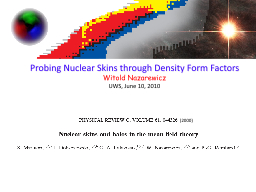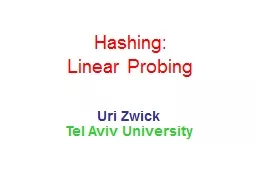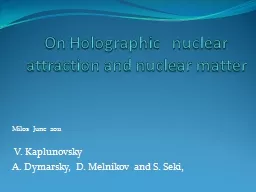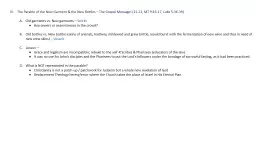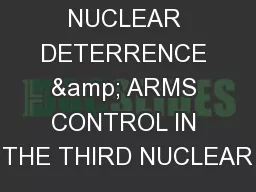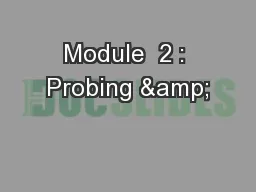PPT-Probing Nuclear Skins through Density Form Factors
Author : eliza | Published Date : 2023-10-04
Witold Nazarewicz UWS June 10 2010 2000 For low energies and under conditions where the electron does not penetrate the nucleus the electron scattering can be described
Presentation Embed Code
Download Presentation
Download Presentation The PPT/PDF document "Probing Nuclear Skins through Density Fo..." is the property of its rightful owner. Permission is granted to download and print the materials on this website for personal, non-commercial use only, and to display it on your personal computer provided you do not modify the materials and that you retain all copyright notices contained in the materials. By downloading content from our website, you accept the terms of this agreement.
Probing Nuclear Skins through Density Form Factors: Transcript
Download Rules Of Document
"Probing Nuclear Skins through Density Form Factors"The content belongs to its owner. You may download and print it for personal use, without modification, and keep all copyright notices. By downloading, you agree to these terms.
Related Documents

